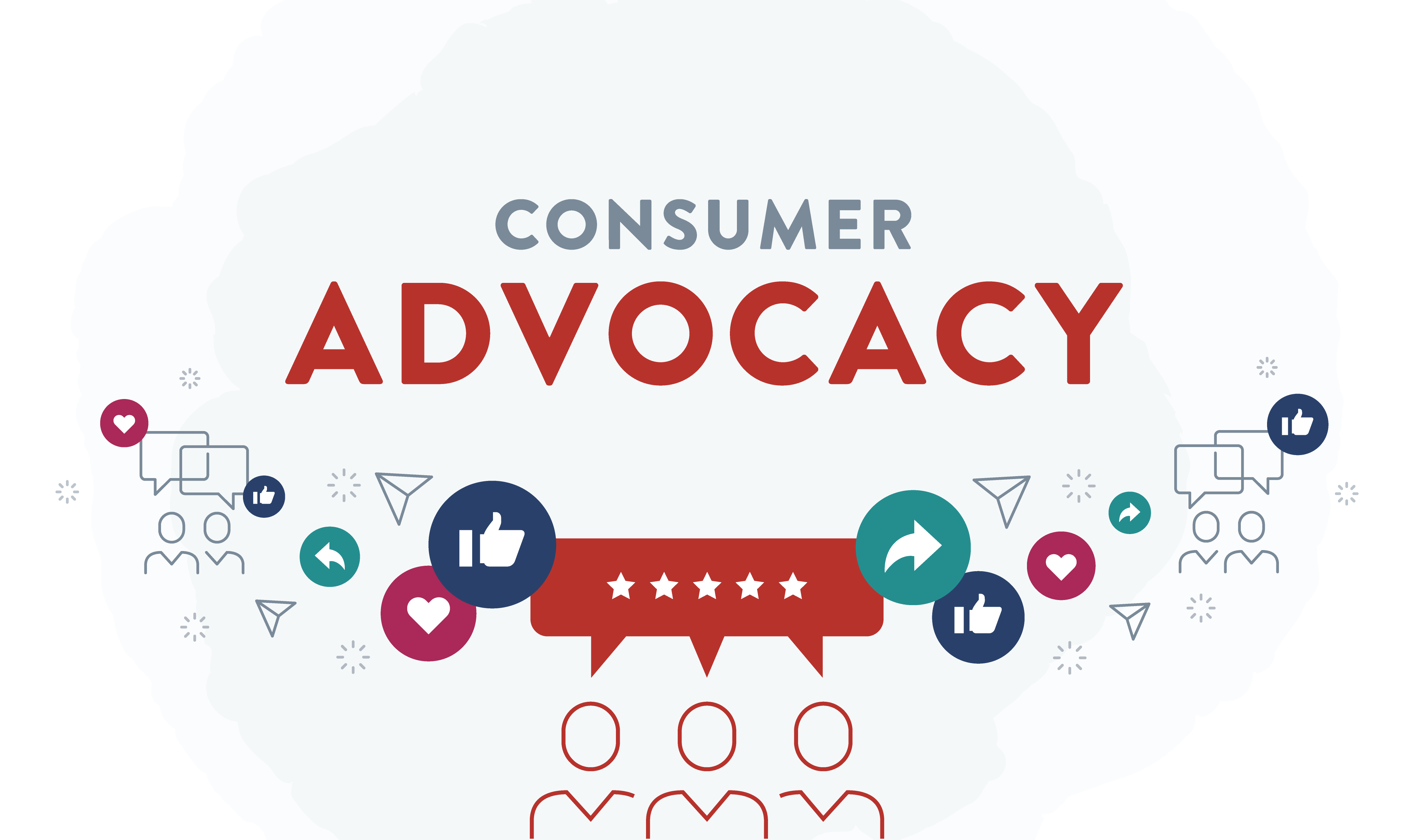Advocacy: the most critical stage of the consumer buyer's journey
Aug 26, 2019 Bristol Whitcher Rice
It's no secret that today's consumers are increasingly fragmented across channels and mediums. Whether online or in-person, consumers can find, buy, and receive goods and services in record time. The number of consumer touchpoints that brands need to consider has become staggering—exacerbating the challenge of creating meaningful connections, driving purchase intent and maintaining loyalty. Emails. Websites. Social media. TV. Radio. Newspapers. Billboards. In a day and age where consumers are inundated with information, awareness isn’t enough.
As PR professionals, we know it's critical to connect with our target audiences on an emotional level, engaging with them on their unique paths. To do this, as Beth mentions in a recent post, PR strategies must ensure digital and traditional marketing work seamlessly and in tandem. But, we'd be shortsighted if we simply leveraged these strategies to drive consumers to the consideration and purchase stages. What role does building advocacy have? How can we take advantage of consumer advocacy—even before a purchase is made—to create an impactful halo effect to drive further awareness?
We get it. You have a product or service to sell. And while that might be the number one business goal, how do you convert customers and reach that goal in a marketplace that’s becoming increasingly saturated?
You need your brand to stand for something. To care about something. To put a stake in the ground and have an opinion. To give consumers something to align with and rally behind. This literal values-based value proposition is a tremendous driving factor and not something to be taken lightly — 76% of consumers will boycott a brand over its values. Consumers not only expect brands to stand for something, but demand it with their dollars. Not doing so is a missed opportunity and will only drive your target consumers to shop elsewhere.
To start this advocacy journey, you obviously need to figure out what you care about. For some companies, this might be easy. Maybe you’re a CPG company with ambitious sustainability goals or a tech company with a steadfast commitment to hire a more diverse workforce. But if you’re just starting out, these types of commitments can seem unattainable or inauthentic (greenwashing, anyone?).
To build consumer advocacy, authenticity is key. Figure out what your consumers care about and see where your brand aligns. What are your founders or leaders passionate about, and what credibility do they have to speak and advocate for around a specific issue? If you and your brand believe wholeheartedly in something, your consumers will not only support you with their wallets, but are far more likely to speak positively on your behalf.
This all sounds reasonable enough, but is it actually true? Does advocacy really matter? I wanted to hear from the InkHouse team — even anecdotally — about our employees’ favorite consumer brands. The feedback was overwhelming: almost every response included a brand with a deep purpose-driven component. Whether sustainability, gun violence prevention, discrimination against black hair, factory worker conditions, or the myriad of other companies and issues I heard, there’s no denying that consumer brand are leading with their values over their products. And it’s working — here’s proof:
- Eastern Bank: A 200-year-old mutual bank might not be the first thing that comes to mind when you think of progressive, social activists. But through its Join Us For Good campaign and unparalleled charitable giving, Eastern has put its money where its mouth is, inspiring others to do more good. Rather than leading with its financial services offerings, Eastern put its values and its social advocacy at the forefront, giving existing and potential customers something to rally around.
- PUMA*: In the competitive global market of athletic shoes and apparel, it’s difficult to stand out. Sure, performance is one thing, but PUMA takes it one step further with its social justice work. Through its #REFORM initiative, PUMA’s goal is to go beyond inspiration and turn intentions into actions. #REFORM Captains (Meek Mill, criminal justice reform; Tommie Smith, universal equality; Skylar Diggins-Smith, gender equality), work with the brand to identify beneficiaries of #REFORM tactics, including product creation, recognition grants, and summits, where like-minded individuals will gather to promote an agenda for change.
- Patagonia: Probably one of the most common brands that comes to mind when thinking about advocacy, Patagonia shines on a number of fronts: sustainability, ethical supply chains, migrant worker protections and more. The brand isn’t afraid to get political, taking bold stances on what it believes in, and rallying its consumers to do the same.
Rome wasn’t built in a day, and your brand advocacy strategy likely won’t be either. But it’s a strategy that you need to have. If you’re a company looking to tell powerful stories that create brand advocates — all the while moving product — let’s talk.
*denotes InkHouse client






